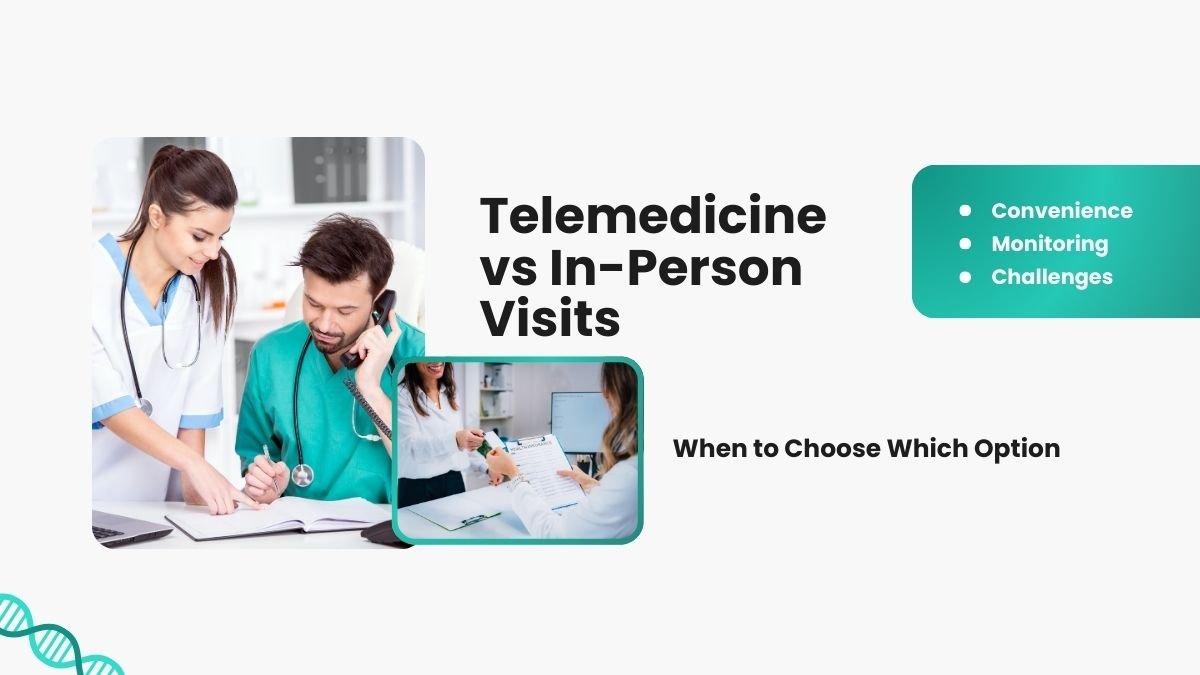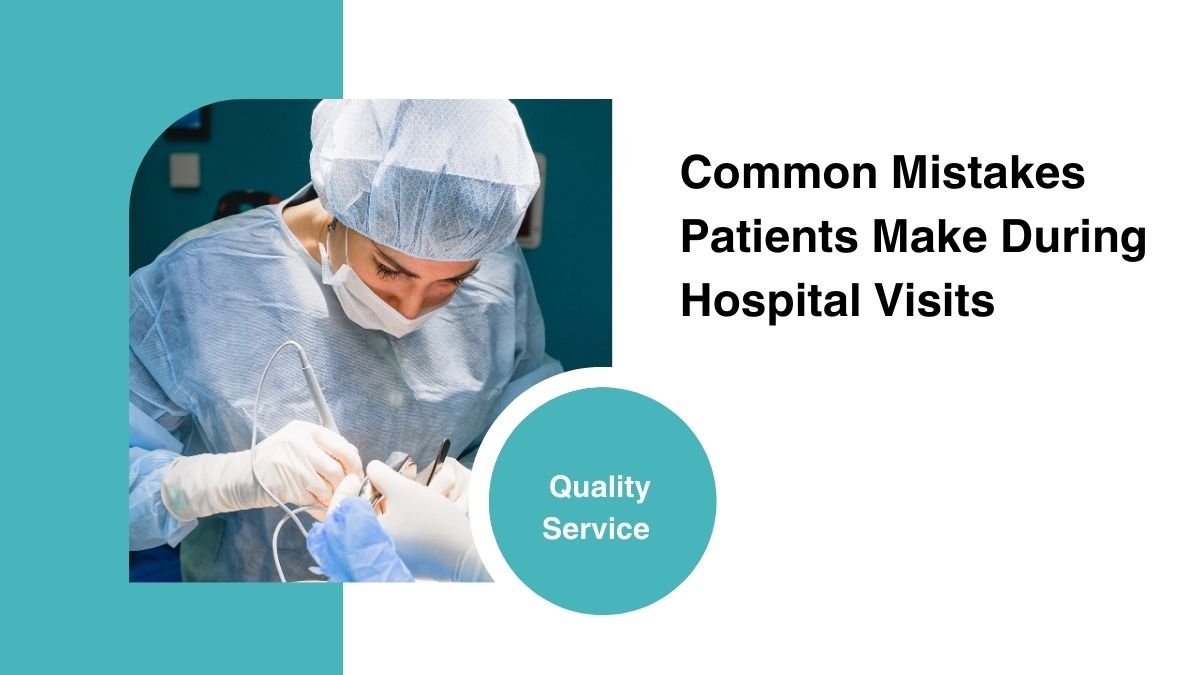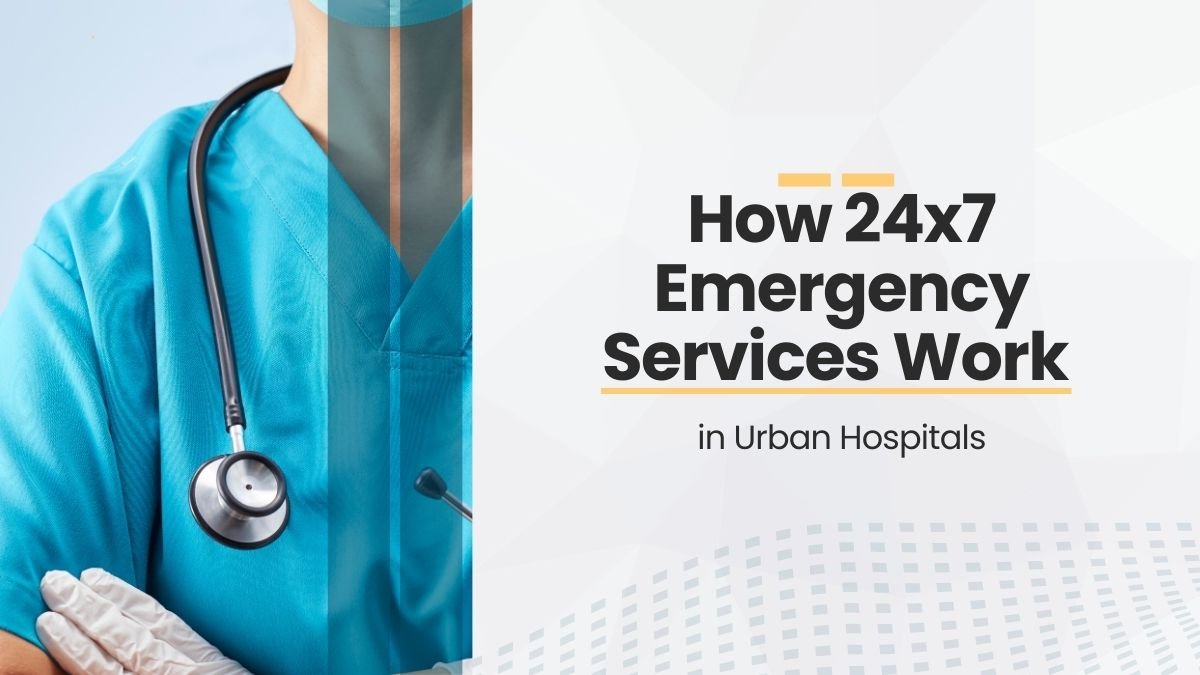Introduction
In rural settings, the provision of healthcare has historically posed challenges. Shortages of equipment, personnel, technological facilities, and patients available for consultation have become common in small clinics. Under such conditions, health software and digital technology have become an urgent need in rural clinics.
With modern technology, rural clinics can not only ease their work but also provide fast and effective treats to the patients. One example where technology comes into play would be when a doctor needs a patient’s history of medicines or records of allergies; under a digital system, the doctor can obtain the information instantly and make the right decision.
Importance of technology in rural health
Doctors and staff working in rural areas face many different challenges. Often patient information is on paper, which is difficult to manage. Sometimes the patient has to be sent to a hospital in another city, and it is not easy to carry the records with them.
Here EMR (Electronic Medical Records) and clinic management software prove to be helpful. It’s the straightforward definition of the system that centralizes patients’ information and makes it available to physicians for viewing the patient’s entire records at any time or place.
For instance, emergency transfers can be arranged for patients needing to go to a city hospital, where a doctor at a rural clinic can share the record with ease. That way, the patient will not fail in receiving the adequate and timely treatment.
Digitalizing patient data
The first big step to moving from paper records to digital EMRs is when rural clinics begin converting records into digital systems. EMRs trace the entire medical history of patients and keep the record of the medications the patients have been taking, along with the past visits and allergies they are prone to.
Advantages:
- Doctors can make quick and accurate decisions.
- There is no fear of losing patient information.
- Reporting and analysis becomes easier.
- Software like EasyClinic is extremely useful for rural clinics because it is fast, easy, and secure.
Improves communication and collaboration
Distance in rural areas should not mean isolation. Modern health software has features like WhatsApp, SMS, email, and AI messaging. This allows rural doctors to consult specialists in the city, follow up on patients, and improve collaboration among the team.
Example:
If a patient needs advice from a cardiologist, a rural doctor can connect immediately from his mobile. The patient does not need to travel long distances and saves time.
Simplifying clinic operations
EMR is not just limited to patient data. Modern clinic management software automates scheduling, billing, inventory, and other administrative tasks.
Rural clinics are often understaffed, and each employee handles multiple responsibilities. Software makes these tasks easier and faster. This allows staff to focus more on patient care.
Steps and tips for a rural clinic
- Analyze workflow: See which tasks take up the most time and energy.
- Choose software: Choose software that is simple and works with rural internet connectivity.
- Staff training: Teach staff how to use new technology in a comfortable and secure way.
- Enhance patient experience: Use online follow-up, portals and messaging features.
- Adopt cloud solutions: Less on-site IT infrastructure required and more cost-effective.
Operational and financial benefits
Improvement in operations:
- Reduction in errors
- Saving administrative time
- Faster access to patient data
- Improved team collaboration and coordination
Financial benefits:
- Accurate billing
- Better management of resources
- Reduced costs
- Increased patient satisfaction and trust
Conclusion
Rural healthcare is now rapidly changing due to digital technology. With the use of EMR and clinic management software, rural clinics have demolished the impediments of tradition, become more efficient in their operations, and rendered better services to their patients.
With the right technology partner, such transformation comes easy yet impactful. In adopting digital health solutions, rural clinics can save on their operational costs while consequently putting quality health care within reach of the local community.









